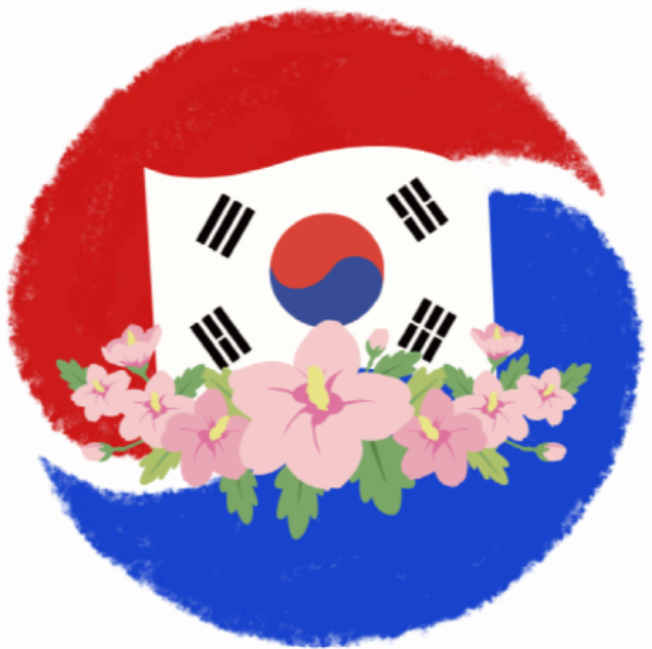 Why Traditional Korean Paintings Avoid Perspective: A Window into Eastern Aesthetics and Philosophy
Why Traditional Korean Paintings Avoid Perspective: A Window into Eastern Aesthetics and Philosophy
Western art has long emphasized perspective, depth, and realism—techniques that guide the viewer’s eye into a vanishing point, creating the illusion of three-dimensional space. In stark contrast, traditional Korean paintings purposefully avoid this visual convention. Rather than mimicking reality, they aim to express emotion, philosophy, and a unique relationship with nature and the divine. This..
 Traditional Korean Kitchens and Their Philosophy: A Space of Nourishment, Ritual, and Harmony
Traditional Korean Kitchens and Their Philosophy: A Space of Nourishment, Ritual, and Harmony
The traditional Korean kitchen, or bueok, was more than a place for preparing meals—it was the heart of the household, embodying cultural values, spiritual beliefs, and communal living. These kitchens were carefully designed with functionality, ecology, and philosophy in mind. They served not only to feed the family but also to reflect harmony with nature, gender roles, ancestral veneration, and..
 How Korean Villages Were Designed Around Nature: Harmony in Architecture and Landscape
How Korean Villages Were Designed Around Nature: Harmony in Architecture and Landscape
Traditional Korean villages, or maeul, are more than clusters of homes and pathways—they are manifestations of a worldview that prioritizes harmony with nature, community interconnectedness, and sustainable living. Rooted in centuries-old philosophies such as Confucianism, Taoism, and geomancy (pungsu-jiri), Korean village design exemplifies how architecture and landscape can coexist in a mutual..
 Korean Traditional Windows: Hidden Symbolism and Architectural Brilliance
Korean Traditional Windows: Hidden Symbolism and Architectural Brilliance
Korean traditional windows, or changhoji windows, offer far more than a practical means to let light and air into a home. Deeply embedded in Confucian philosophy, seasonal adaptation, and the unique materials of Korean architecture, these windows reveal a profound intersection of aesthetics, spirituality, and sustainable design. This article will explore the hidden symbolism of Korean traditiona..
 Why Hanok Roofs Are Curved: Hidden Symbolism
Why Hanok Roofs Are Curved: Hidden Symbolism
The Graceful Curve That Greets the SkyIn the landscape of Korea, where mountains rise in gentle arcs and rivers carve winding paths, architecture has long mirrored nature. Among the most iconic features of traditional Korean architecture is the curved roof of a hanok. Unlike the sharp, geometric angles of Western-style homes or the flat roofs of Middle Eastern structures, the hanok roof bends ou..
 How Korean Ondol Floors Influenced Global Architecture
How Korean Ondol Floors Influenced Global Architecture
A Cultural Revolution Beneath Our FeetWhen most people envision groundbreaking architecture, they look up—toward glittering skyscrapers, iconic domes, or suspended bridges. But in Korea, one of the most important innovations in architectural history was quietly unfolding beneath people’s feet. The Ondol (온돌), Korea’s underfloor heating system, dates back over 2,000 years. It’s more than a clever..
 White Hanbok and Korean Funerals: The Silence, The Color, The Meaning
White Hanbok and Korean Funerals: The Silence, The Color, The Meaning
When White Whispers Louder Than BlackAt a quiet funeral hall on the outskirts of Jeonju, a family mourns in silence. Unlike the modern norm of black suits and veiled faces, these mourners are wrapped in white hanbok—loose, simple, unbleached, and coarse. Their attire says what their mouths do not. It whispers loss, humility, and reverence in a language that requires no sound. In many cultures, g..
 The Spiritual Meaning Behind Korea’s First Birthday Ritual (Dol)
The Spiritual Meaning Behind Korea’s First Birthday Ritual (Dol)
More Than a Celebration, a Blessing Rooted in SurvivalIn modern Korea, a child’s first birthday—known as Dol (돌)—is often a festive occasion. Families rent banquet halls, dress their babies in colorful hanbok, and invite guests to witness a moment of joy. Photos are taken, toasts are made, and laughter fills the air. At first glance, it may resemble a Western-style birthday party with a Korean t..

